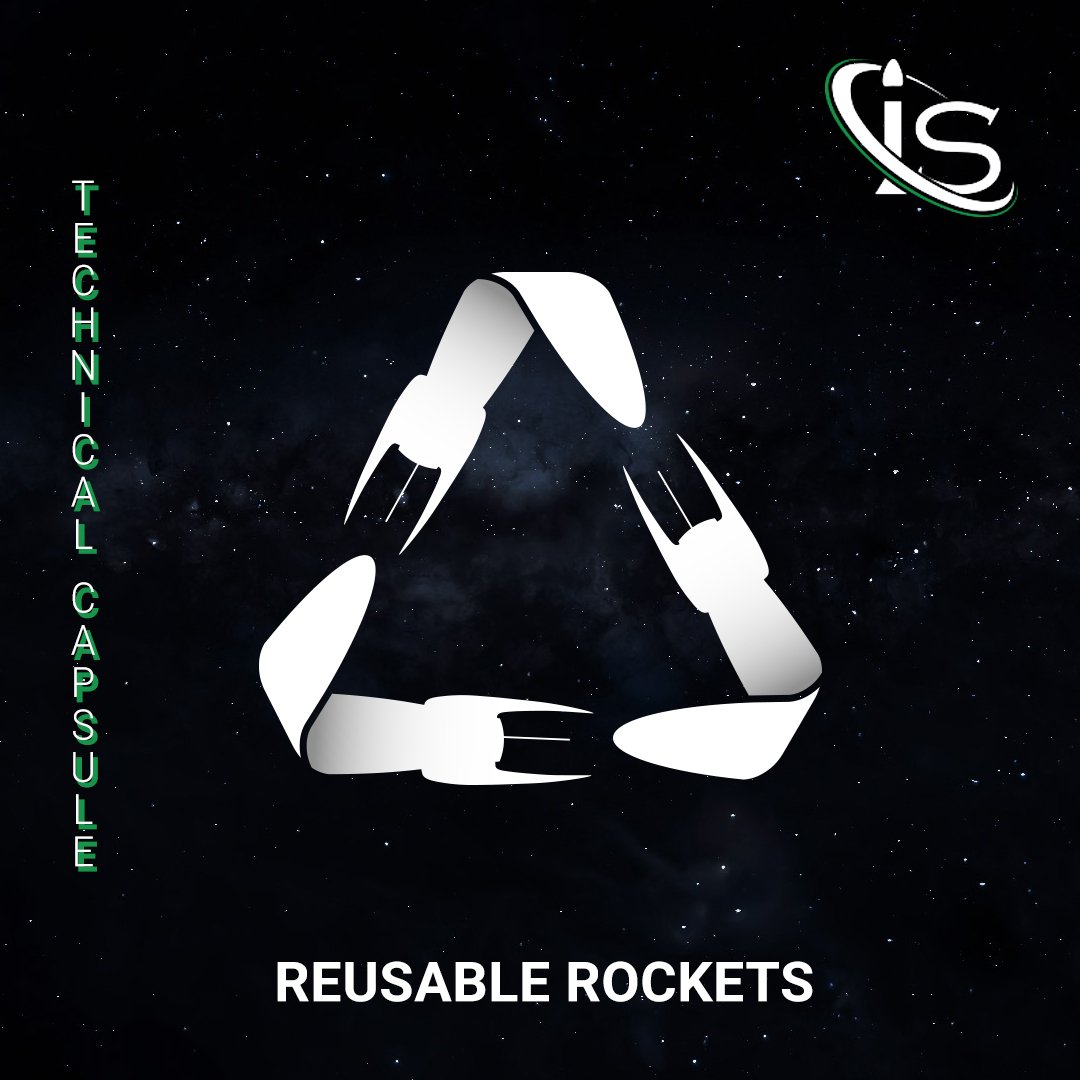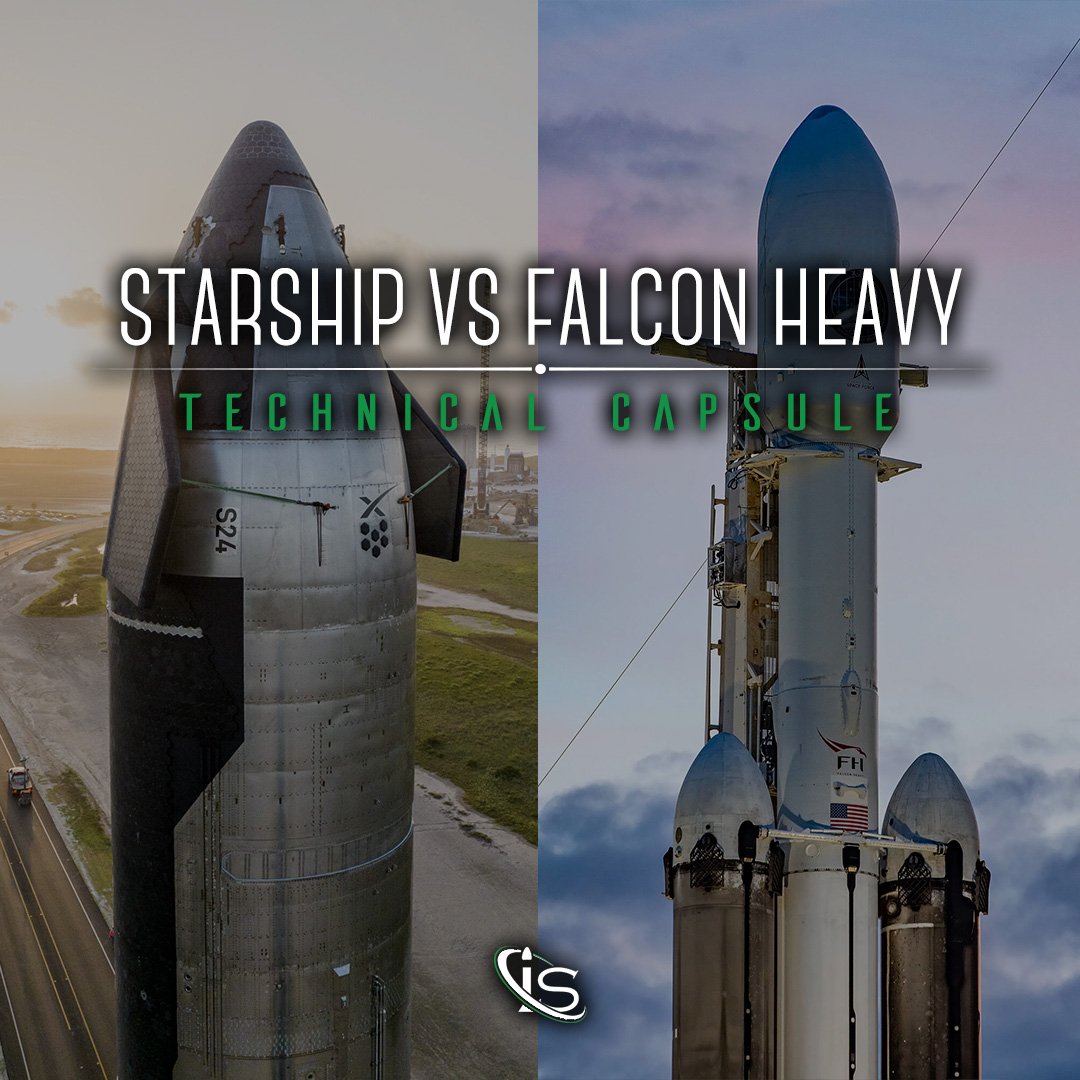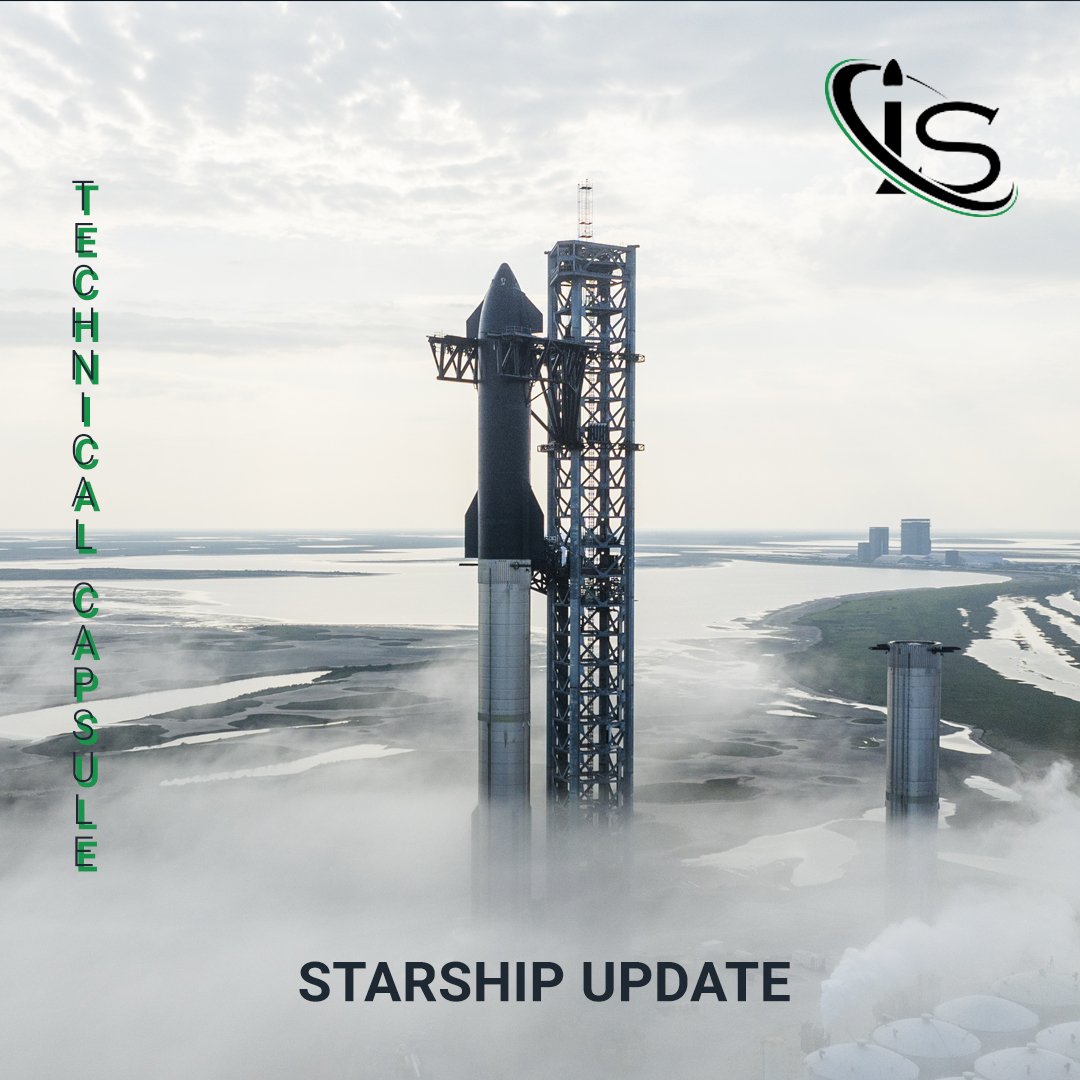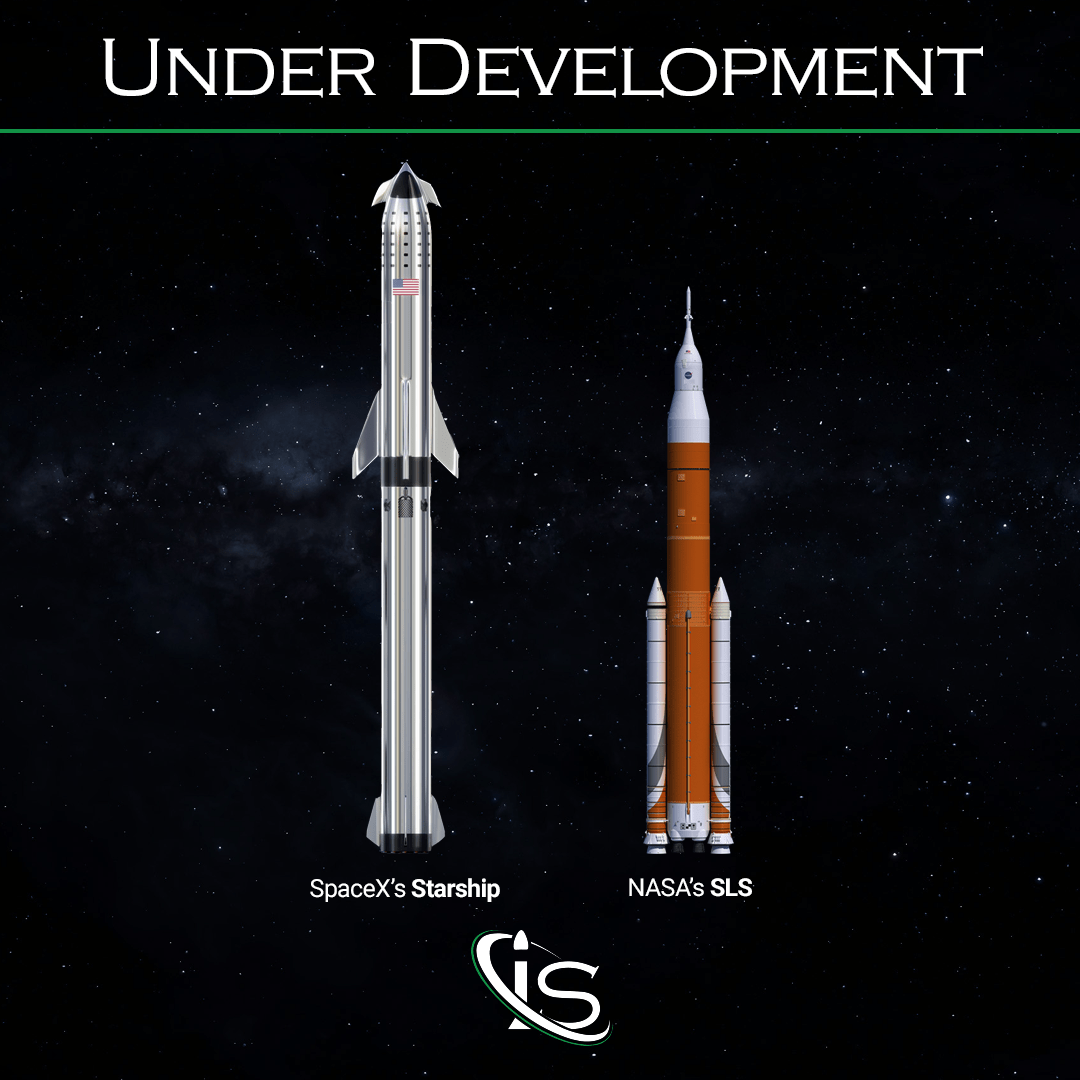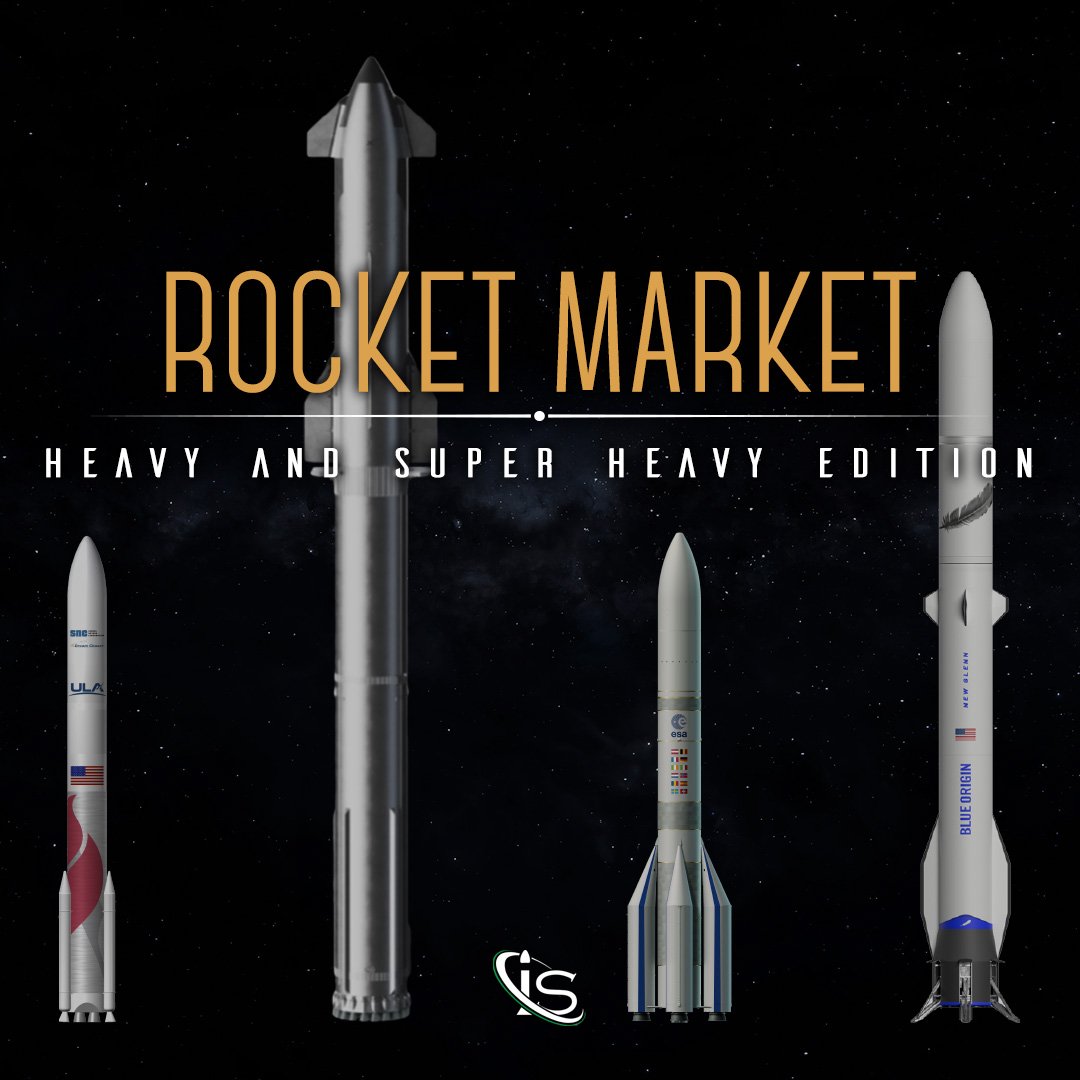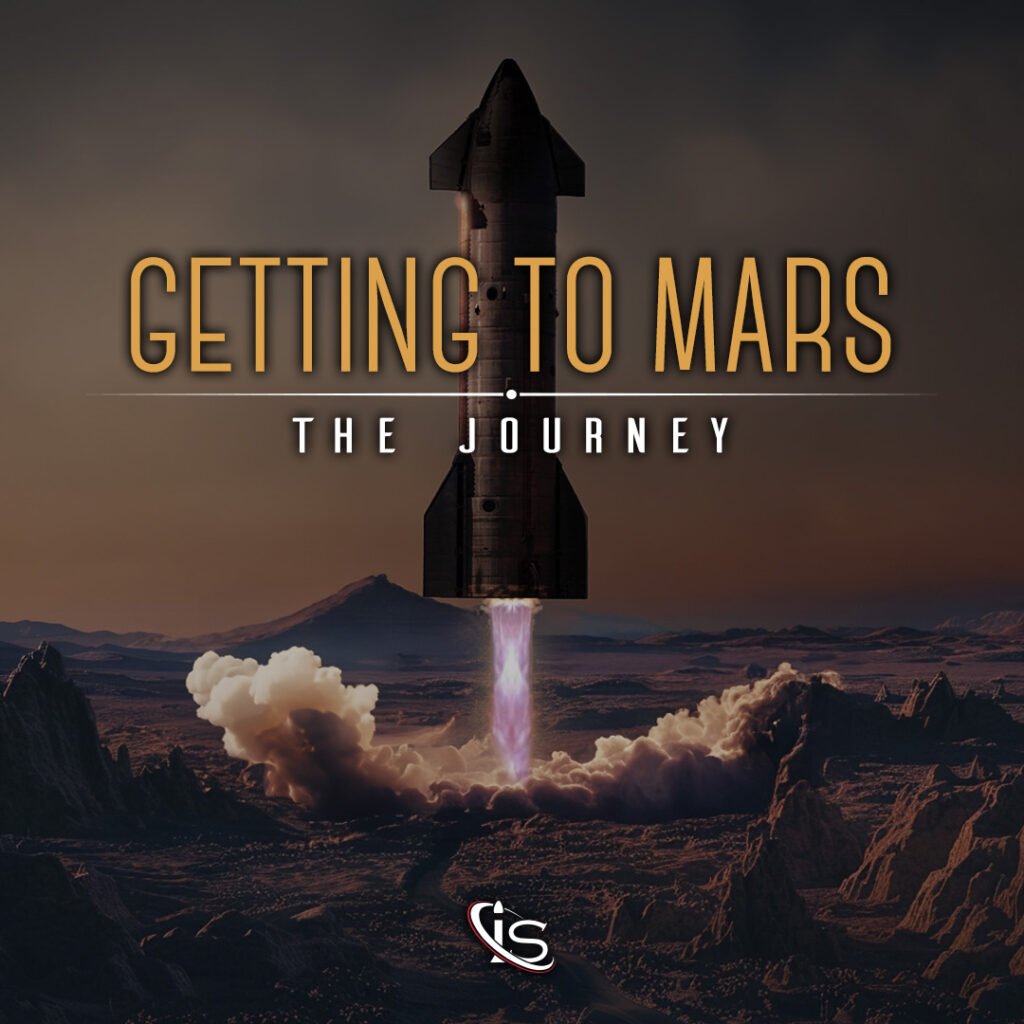
In mid-2021, the test flights on SpaceX’s Starship in Starbase, the base station located in Boca Chica, Texas, were stopped to analyze how the tests and launches impacted the environment. In the last weeks, the FAA, Federal Aviation Administration, concluded the environmental review of Starbase. FAA stated that there is no need for an environmental analysis and so SpaceX was able to resume flying without structural modification; however, more than 75 actions occurred to reduce the impact on the region. These actions involved different fields, starting from the protection of local wildlife and arriving to the inhabitants complaints (e.g. the road closure for launches).
At what point is the SpaceX’s Starship project? Let’s start from why Starship has been projected.
What are the initial aims of SpaceX’s Starship project?
To figure out where this gigantic project comes from, I suggest reading the speech of Elon Musk, the SpaceX CEO, about his vision on the meaning of life:
“Life can’t just be about solving problems. They have to be things that inspire you, that nove your heart, that make you glad to be when you wake up in the morning and you’re excited about the future. Going out there and being a multi-planet species and being a space bearing civilization and making science fiction not fiction forever, I think that is one of those things. That’s what fire me up the most.”
– Elon Musk
Starship Reusability
So Starship is the project that should make life multi-planetary. The first and most important characteristic for this rocket is to be fully and rapidly reusable, like an airplane. The first experiments of reusable rockets have been conducted on Falcon 9 for the first stage and the fairing, which are now completely reusable. This is not enough for Starship as it needs to be fully reusable. This purpose enables it to have lower cost and more frequent launches.
To have life on Mars, the first requirement is the construction of a self-sustaining city; SpaceX predicts that to create a city on Mars, Starship has to carry 100k tons of material on Mars. According to estimates, Starship should be launched three times a day for ten years to launch 100k tons. This rate of launches can be achieved only if Starship is easily and rapidly reusable. In particular, the booster Super Heavy, landing 6 minutes after liftoff, can be reused every hour, while the ship can be reused after 6 to 8 hours as it will orbit one time or more around the Earth, spending 90 minutes for every orbit. This requires a higher number of ships with respect to boosters.
What are SpaceX’s Starship updates?
Once we know what the aim of Starship is, it’s time to know how it is evolving. The set-up for the first inaugural orbital flight will be launched with the Super Heavy Booster 7 and the ship SH24, characterized in the following table. To understand how big and powerful Starship will be, it makes sense to compare some parameters with Saturn V, the tallest rocket that ever reached orbit. Saturn V had a height of 110 m, 10 meters smaller than Starship, and had 7.5 Mlbf of thrust against the 17 Mlbf of Super Heavy, i.e. 125% more powerful than Saturn V.
| Booster B7 | Ship SH24 | |
| Height | 69 m / 230 ft | 50 m / 164 ft |
| Diameter | 9 m / 30 ft | 9 m / 30 ft |
| Propellant Capacity | 3400 t / 6.8 Mlb | 1200 t / 2.6 Mlb |
| Thrust | 7590 tf / 17 Mlbf | 1500 tf / 3.2 Mlbf |
| Payload Capacity | 100-150 t |
Super Heavy booster has 33 Raptor 2 engines, which have more power, less parts, and more robustness with respect to Raptor 1. In Raptor 1 the thrust was 185 tf, while the new one has 230 tf of thrust, about 25% more than the older one.
The remaining tests to do are the Static Fire Engine test, both on Super Heavy and on the Starship system, the launch and the landing of Super Heavy, the landing of the Starship system, and, finally, the suborbital test flight of the Starship system. When all these tests will finish, SpaceX will operate the first and inaugural launch of the Starship system.

In the road to Mars
Before thinking of traveling to Mars, SpaceX needs to complete another important task: the aerial refueling also called, more precisely, “aerial refilling”. The “aerial refilling” is the needed filling tanks of the rocket in the orbit of Mars. Since the engines need 3.5 tons of oxygen for every ton of fuel, the rocket will need to fill the oxygen tank. This process is the refilling, different from the refueling. The docking in orbit will be take place with a Starship tanker in a similar way of the Dragon Capsule at the ISS.
What is Starbase?
Starbase is the brand new launch site constructed by SpaceX in Boca Chica, in Cameron County, Texas. The isolated and unpopolated location characterizing Starbase goes hand in hand with the explaination of the Technical Capsule “Air Launch vs Vertical Launch“: the vertical launch needs a wide and clear No-Go zone to avoid dropping vehicle parts on populated areas. In addition the possibility to launch eastward and the proximity to the Equator have made Boca Chica the perfect place. The main activity in Starbase is the development of prototype and the test flights.
The Starship towers, masterpieces of engineering designed in 13 months, are located both in Boca Chica and in Cape Canaveral; in the first place, SpaceX will initially operate only test flights; the Cape Canaveral tower, under construction in the pad 39A, will be its operative pad.
Upcoming Starship Missions
We are so close to the inaugural flight of SpaceX’s Starship, scheduled for Q3 2022 (stay up to date by checking here). But, after that, what missions does SpaceX have in store? Clearly, in the first missions, we will see the launch of SpaceX’s Starlink v2 satellites. However, there are other interesting launches in schedule: #dearMoon, a space tourist mission around the Moon; the Starship Lunar Landing Test, that will transfer astronauts from a lunar orbit to the Moon surface and back; the Polaris mission, that will be the first-human spaceflight on Starship; and, finally, the SpaceX Mars Program, scheduled for 2024.
Check Starship’s updates on the new article: “SpaceX Starship: Where are we now?“
